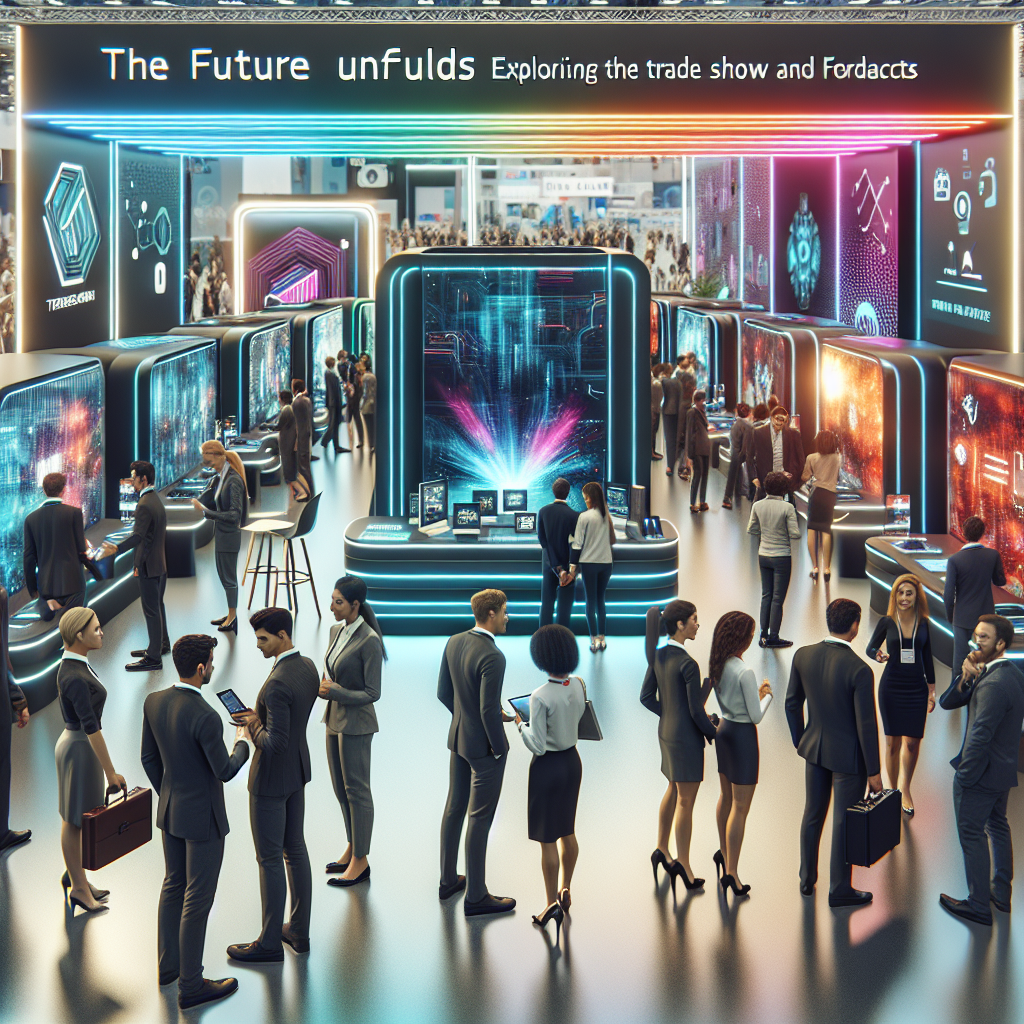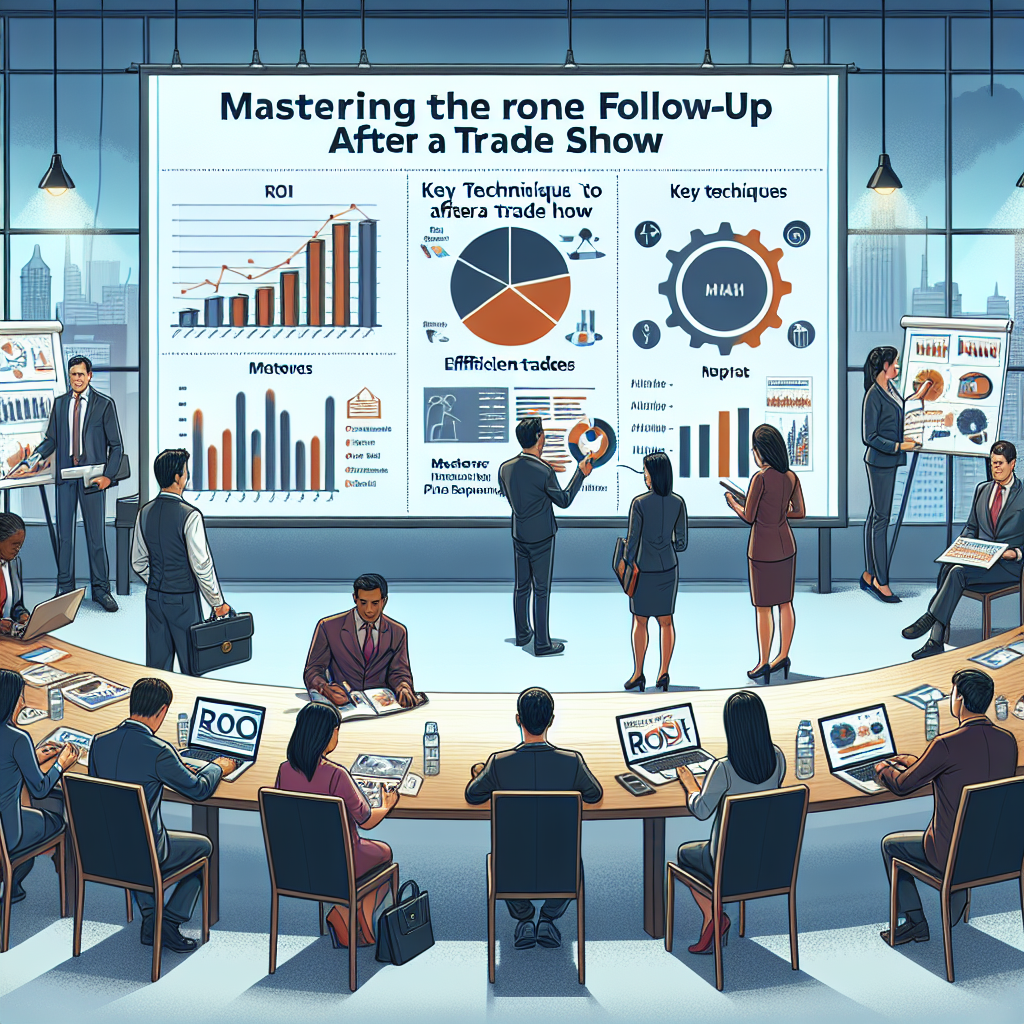Unveiling the Secrets: Mastering Trade Show Budgeting and Cost Management Strategies to Maximize Your Return on Investment Trade shows are a crucial part of any business’s marketing strategy, […]
Popular Posts
Trending Posts
Trade Show Marketing Mistakes
The Costly Missteps That Can Derail Your Trade Show Success Trade shows can be a goldmine for businesses looking to showcase their products and services to a captive […]
Trade Show Success: Mastering the Art of Selecting the Perfect Showcase!
Unveiling the Secrets: How to Choose the Ideal Showcase to Maximize Trade Show Success Trade shows are a crucial platform for businesses to showcase their products and services […]
Creating Engaging Trade Show Marvels
Captivating Audiences and Driving Success: Unleashing the Power of Experiences at Trade Shows Trade shows have long been a staple of the business world, providing companies with a […]
Trends and Forecasts
From Virtual Reality to Sustainable Design: Unveiling the Cutting-Edge Trends Shaping the Trade Show Industry’s Future The trade show industry has long been a hub of innovation and […]
Trade Show Budgeting and Cost Management
Maximizing ROI: Strategies for Effective Trade Show Display Budgeting and Cost Management Trade shows are a crucial marketing tool for businesses of all sizes, allowing them to showcase […]
Digital Marketing with Trade Show Efforts
Amplifying Success: Unleashing the Full Potential of Trade Shows through Digital Marketing Integration Trade shows have long been a staple in the business world, providing companies with a […]
Trade Show Installation and Dismantle Tips
How to! Essential Trade Show Display Maintenance and Storage Tips https://youtu.be/1dnIjv6HMnE?si=b66tWWYPVDCjLfrq Trade shows are a vital platform for businesses to showcase their products and services, connect with potential […]
Trade Show Follow-Up: Techniques to Maximize Your ROI
The Power of Post-Trade Show Follow-Up: Unleashing the Full Potential of Your Trade Show Investment Trade shows are an essential part of any business’s marketing strategy. They provide […]
Trade Show Display Logistics and Planning
The Art of Seamless Execution: Mastering Trade Show Display Logistics and Planning Trade shows are a staple in the business world, providing companies with a platform to showcase […]










